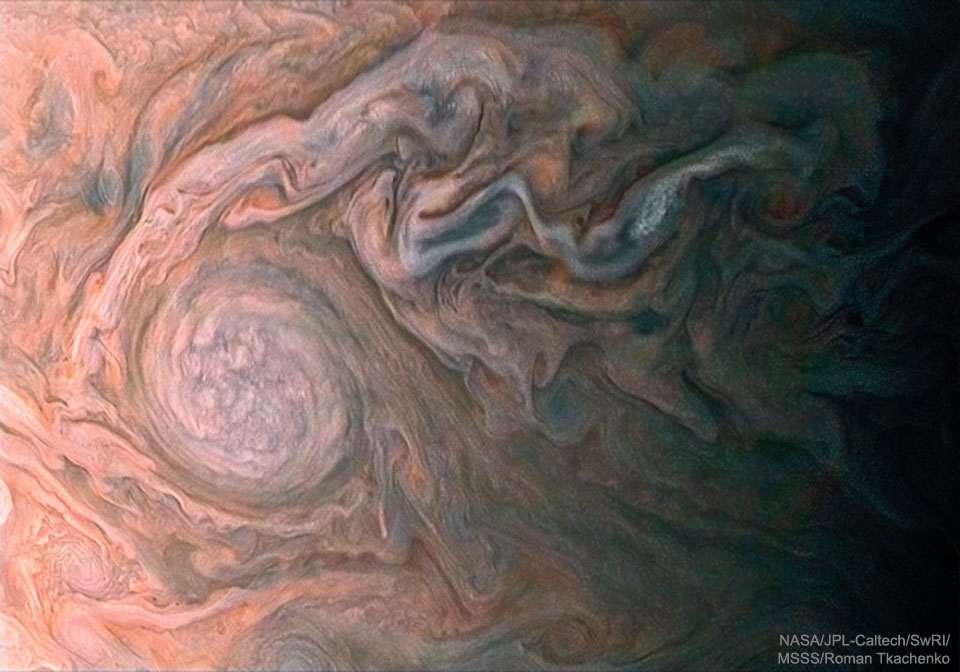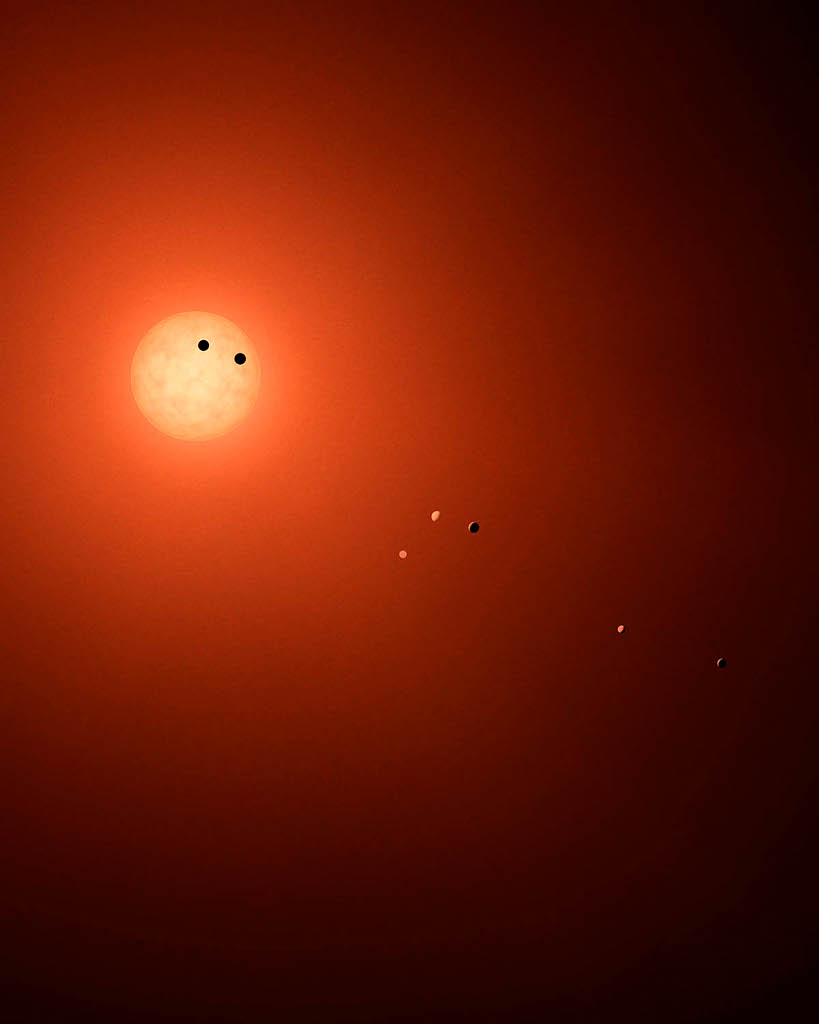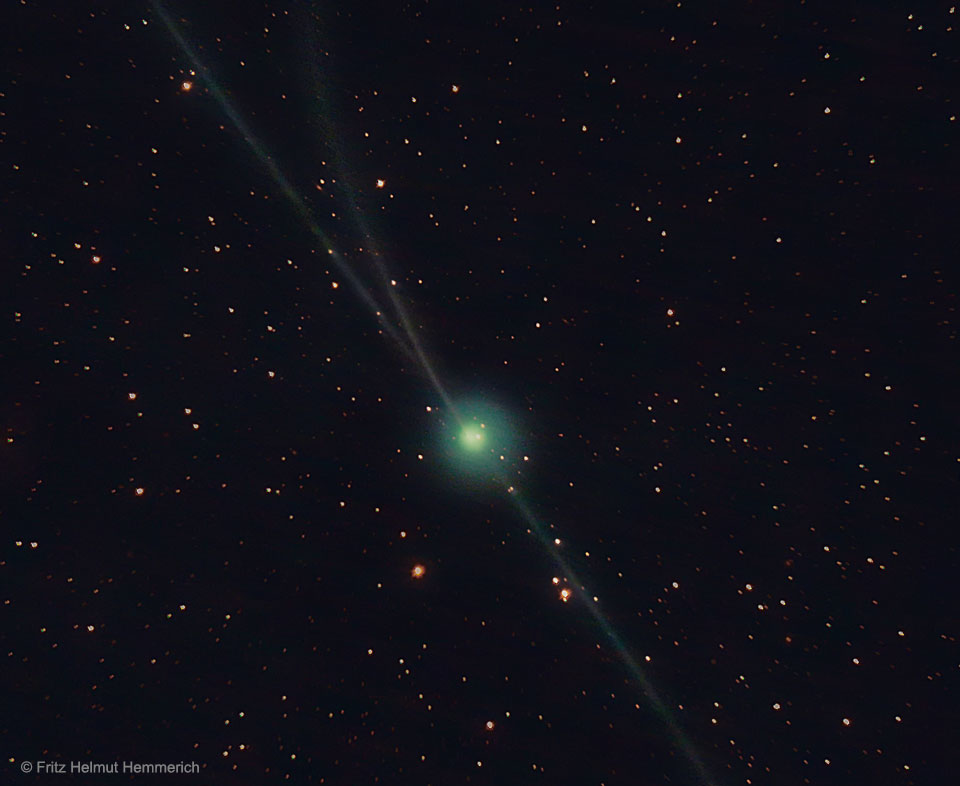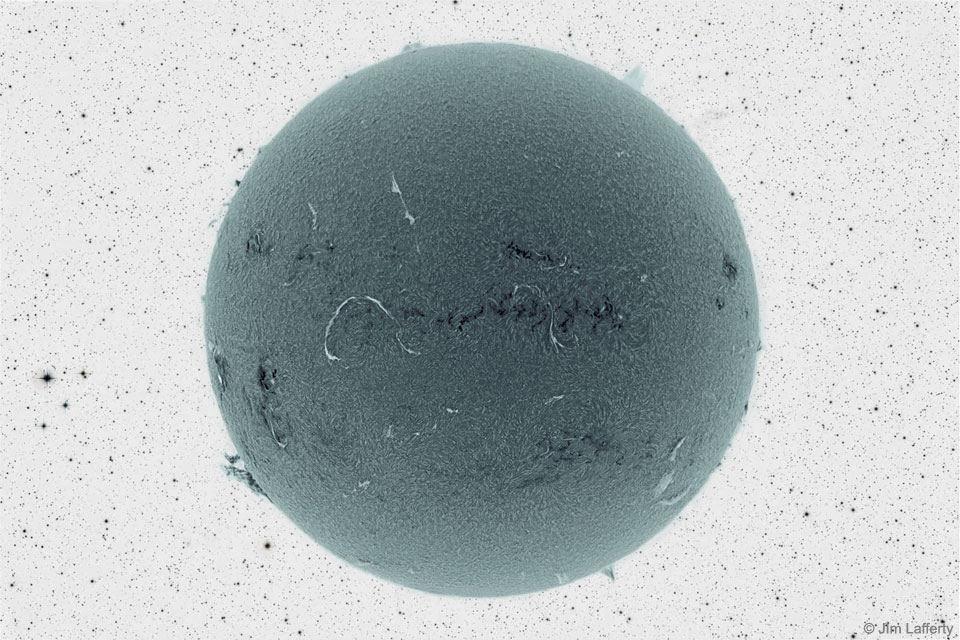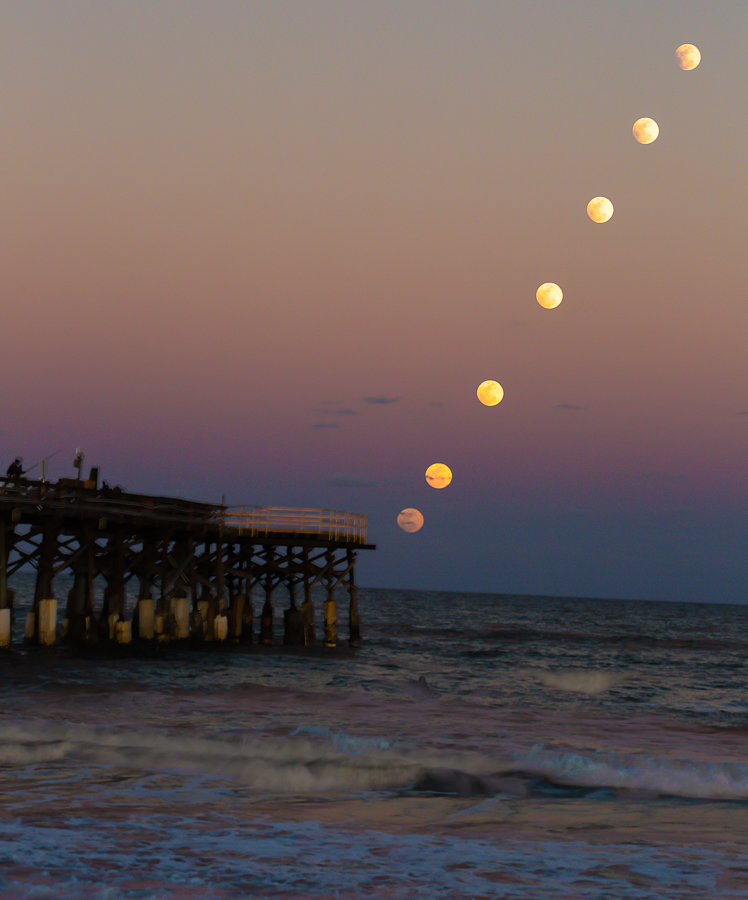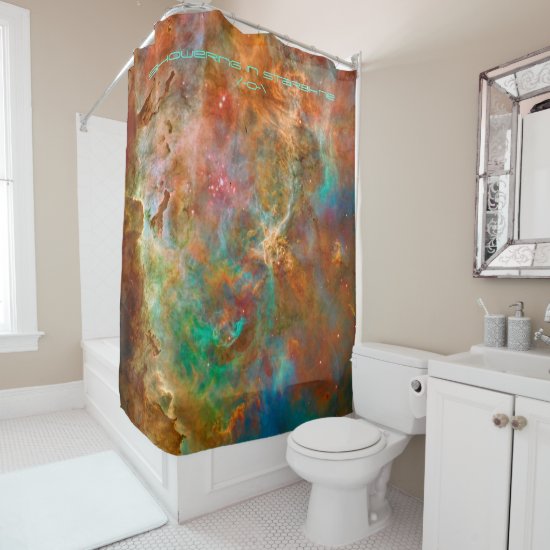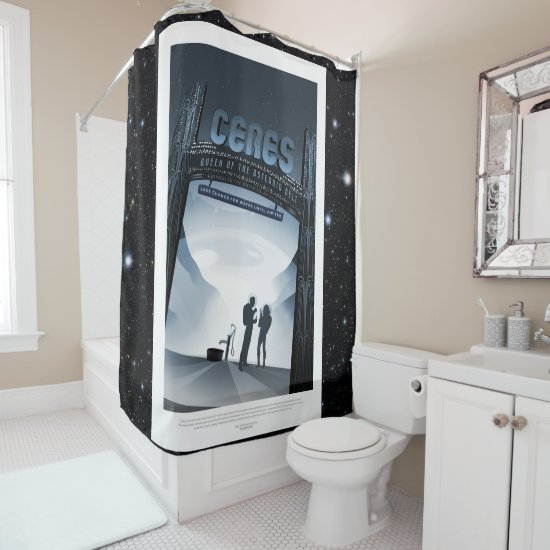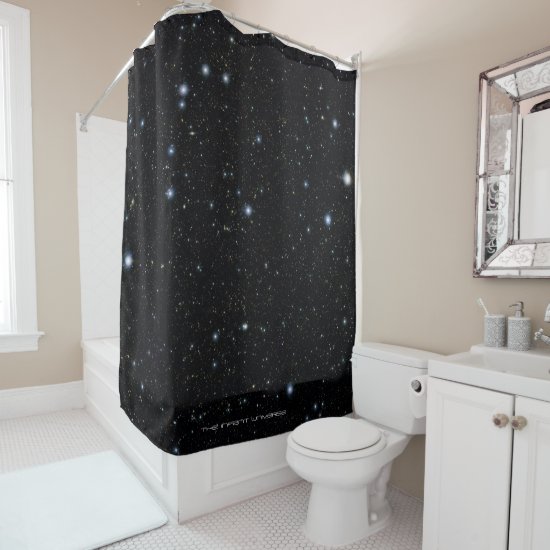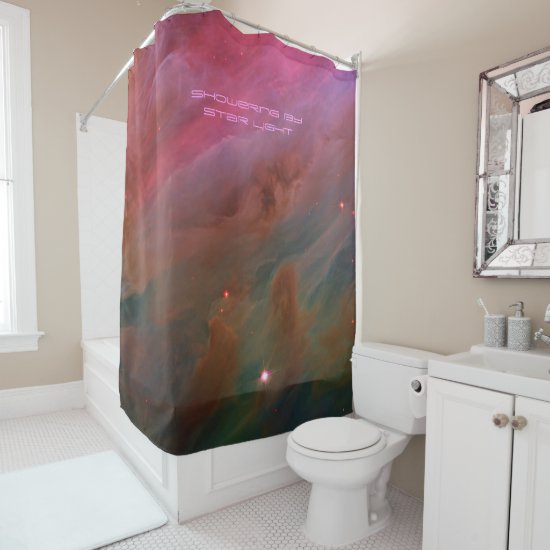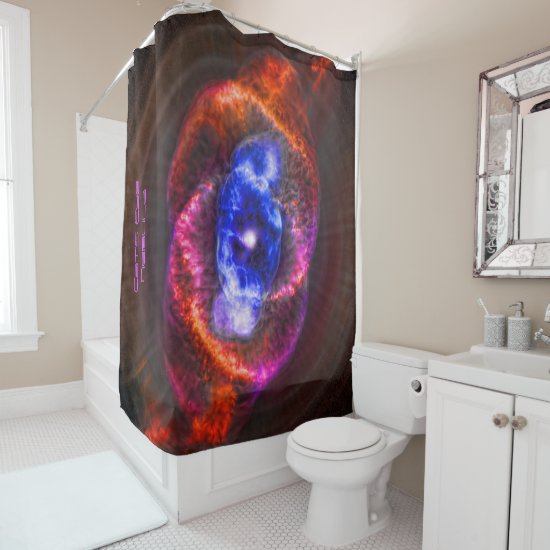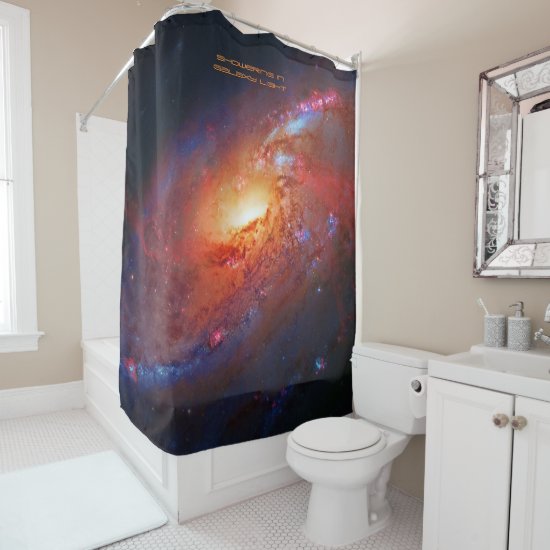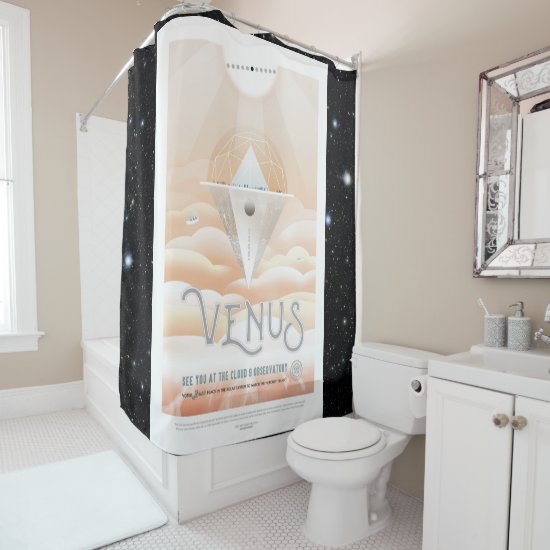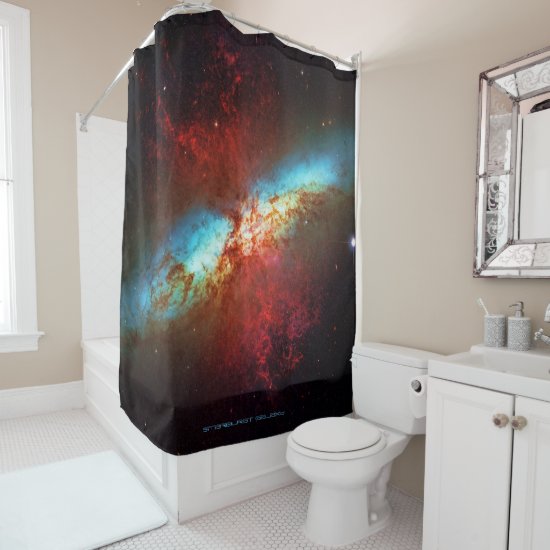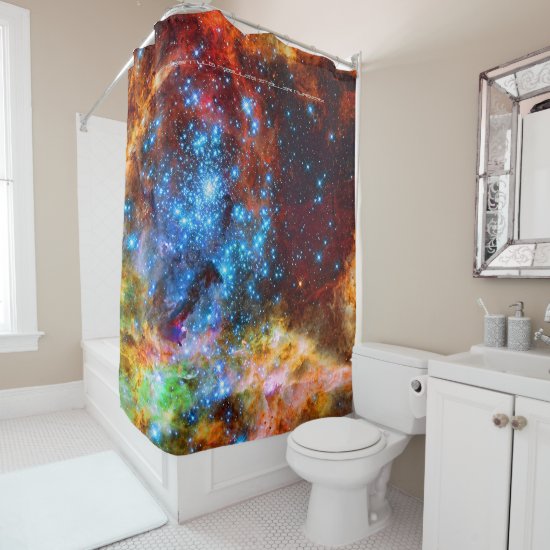more »
Graphene has long been regarded as an ideal candidate channel material for radio frequency (RF) flexible electronics. Scientists from IEMN-CNRS, Graphenea, and Nokia have now demonstrated flexible graphene transistors with a record high cut-off frequency of 39 GHz. The graphene devices, made on flexible polymer substrates, are stable against bending and fatigue of repeated flexing.
Flexible electronics has become a very active research and application field, driven by a potentially enormous market for smart devices and wearables. It is expected that in the near future people will be wearing medical, recreation, and entertainment devices on their clothes, a goal which requires sensors to be placed on a large variety of flexible supports. These sensors and devices will communicate to each other, which will require an extra layer of flexible RF electronics.
Transistors form the main building blocks of RF electronic components such as amplifiers and mixers, thus a new generation of flexible RF transistors is key to enabling the smart devices and wearables markets. Graphene, a flexible, strong, thin material with outstandingly high carrier mobility is a perfect candidate channel material for such transistors. Flexible graphene transistors are an active research direction but this most recent work, published in the journal Nanoscale, demonstrates a record high frequency by bringing device fabrication to a new level.

Figure: Flexible graphene RF transistor (reproduced from Nanoscale 2016, 8, 14097-14103 with permission from The Royal Society of Chemistry).
The graphene field effect transistor (GFET) is made from high quality CVD grown graphene with a carrier mobility of ~2500 cm2 V-1 s-1 on a flexible Kapton substrate with a thin alumina dielectric spacer in the channel region. The use of such sophisticated and optimized materials leads to the record high frequency performance as well as stability against bending. The GFET continues to operate even after 1,000 bending cycles and can be flexed to a radius of 12 mm with a cutoff frequency shift of up to 10%.
Finally, the device is tested for thermal stability. Thermal stability is an important issue in flexible electronics, due to the poor thermal conductivity of the polymer substrates generally used in such devices. The researchers show that at high voltage bias, the device heats up and performance degrades irreversibly.
This new research on flexible GFETs not only sets a new record for the bandwidth but also proves that degradation commonly seen in these devices at high bias comes from thermal deformation of the substrate. As research in this direction advances, it is becoming obvious that flexible GFETs are here to stay as important building blocks of future wearable technology.
via Graphenea
